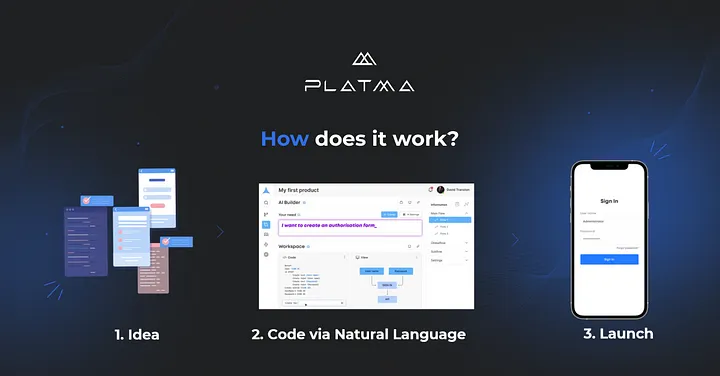No-code tools and platforms are already disrupting the software development industry by empowering non-technical users to build complex applications without writing code. With the increasing popularity of no-code, we will likely see even more disruption in the industry in the coming years.
Extreme No-Code platforms use natural language processing and AI to help users build applications by describing what they want the application to do in plain English or other natural languages instead of using traditional drag-and-drop interfaces or visual programming tools.
One of the most significant impacts of Extreme No-Code could be targeted at the traditional software development process.

Another area where Extreme No-Code is likely to disrupt the industry is in the realm of automation. With Extreme No-Code tools, it’s possible to automate a wide range of tasks, from simple data entry and processing to more complex workflows and integrations. This approach allows businesses to streamline operations and reduce manual labor, potentially leading to significant cost savings.
Finally, Extreme No-Code could also disrupt how software is sold and distributed. As more businesses and organizations embrace Extreme No-Code tools and platforms, we may observe a shift away from traditional software licensing models towards subscription-based models or even pay-per-use models. This could create new opportunities for software vendors and service providers, as well as issue new challenges for traditional software development companies.
In summary, Extreme No-Code has the potential to significantly disrupt the software development industry and revolutionize the way that applications are built, automated, and distributed. In the future, businesses and organizations are expected to utilize new tools and platforms to drive innovation and growth as technology continues to evolve. And it will be an exciting storyline!






